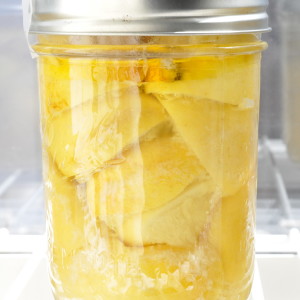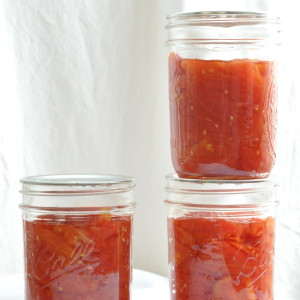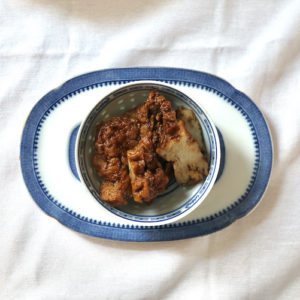Mussels in Vermouth
Many food blogs avoid discussing news. It’s easier to avoid politically fraught issues (oh, I can see the Facebook posts now….) and just leap to the recipe.
Leaping was never my forte.
Over at the Huffington Post, there’s a partial list of the dead. The single most shocking thing about these people–apart from the fact that they are all dead–is how young they are. The eldest–so far–was only 50. The youngest was a heartbreaking 19.
In trying to search out a dignified transition to food, I consulted M.F.K. Fisher’s famed passage in The Art Of Eating regarding food and the bereaved. It is unsuitable, for Fisher writes concerning the anxious appetites of men whose wives have just died. The well-bred are raised to starve in the face of loss. I turned to Nigella Lawson, whose otherwise exuberant Feast closes with “Funeral Feast.” Here is woman who should know, having lost her sister, mother, and first husband to cancer. Bless Nigella, she comes through:
Any food is a vital reminder that life goes on, that living is important. That isn’t brutal: it’s the greatest respect you can pay to the dead.
Wouldn’t it be great if we could call an end to 2016 right now? Just make July January? How about it?
—

So, mussels. Compared to the past seven days, or really, the past seven months, mussels are easy. They are politically correct, wild or cultivated. They’re cheap. They’re fast, easy, and taste like you spent hours in the kitchen. They make their own sumptuous broth. They’re self-explanatory in a life where little else is. Cracked shell? Toss. Refuse to open, though you’ve cooked ’em for ten minutes? Toss. Don’t take it from me. In Prune, Gabrielle Hamilton describes sickness from eating bad shellfish as “a holy hell of wretched despair.”
So, returning to shellfish.
Mussels in Vermouth is really Moules Mariniere, swapping out white wine for vermouth, because I tend to have Vermouth around. You can use either.
Mussels in Vermouth cries out for good bread, to sop, and not much else, even utensils. You eat them with fingers, or by using a shell as a spoon for the broth.
A few words on safely handling shellfish: (in case that holy hell up there wasn’t enough) Cook mussels the same day you buy them. On hot days, either bring an icepack to the market or ask your fishmonger to pack your mussels with ice. Once home, immediately empty the mussels into a bowl, cover it with a damp dishtowel, and store it in the coldest part of your fridge.

Even if you’ve purchased cultivated mussels, it’s a good idea to give them a quick soak in cold water. As you see in this wildly attractive photo, mussels kick out lots of gunk. And no, that’s not my hair. It’s beard, which is easily removed with a decisive tug.

Once the mussels are cleaned, place them in a clean bowl, cover them again with a damp dishtowel, and refrigerate until they go into the pot.
I should also tell you that for blogging purposes I prepared only a half-pound of shellfish. The IK gets the nicest light between noon and 2:30 p.m., which isn’t exactly dinnertime. Normally this presents few problems, but mussels don’t improve with time. The photographs show a 1/2 pound, enough for a delicate appetite, luncheon, or a blog post.

Once your mussels are clean, dice a few aromatics–shallots, a little garlic–and melt some butter in a large pot. Add thyme (or don’t), tip in your mussels, pour vermouth to cover, clap on your lid, and moments later, dinner.

Any leftover broth freezes beautifully should you be moved to make fishy soups of some sort.
Mussels with Vermouth
yield: enough to feed 2, easily increased
2 tablespoons butter
1 lobe shallot, diced, or half of a small yellow onion, diced
1-2 large garlic cloves, peeled and minced
1 bay leaf
1 1/2 to 2 pounds mussels, depending on appetite
enough Vermouth or dry white wine to cover the mussels (1 1/2 to 2 cups)
sprig fresh thyme
salt and pepper to taste
parsley
Plan to cook mussels the day you buy them. Once home from the market, unwrap mussels, place them in a bowl, and cover with a damp dishtowel. Place in coldest part of the refrigerator.
When ready to cook, wash mussels in a bowl of cold water. Today most mussels are cultivated and don’t have beards, but if yours do, a gentle tug under running water should free them. You may want to gently scrub shells clean if necessary. Because of drought, I fill the bowl with water to just cover mussels, let them soak a couple minutes, empty the water, run it again, soak a moment, drain, and by then the mussels are usually clean.
Return mussels in a clean, dry bowl, cover with a damp dishtowel, and refrigerate until cooking time.
Place a large, lidded pot on the stove. I use an 8-quart pasta pot. Melt the butter over medium heat. Add the shallot and garlic. Cook, stirring, but do not allow aromatics to brown. Add bay leaf, mussels, and thyme. Pour Vermouth or wine 3/4 of the way up mussels; they should not be afloat or drowning. Put the lid on. Crank the heat up.
Don’t go anywhere. Mussels go from ready to rubber in moments. Have bowls at the stove. Within 3-5 minutes the mussels will be opening. As they open, divide between bowls. Some will take longer than others. If any mussels are cracked, or never open, discard them. Spoon broth over generously
Taste for salt and pepper. Add parsley. Serve with lots of crusty bread.
Note: any leftover broth freezes well.





